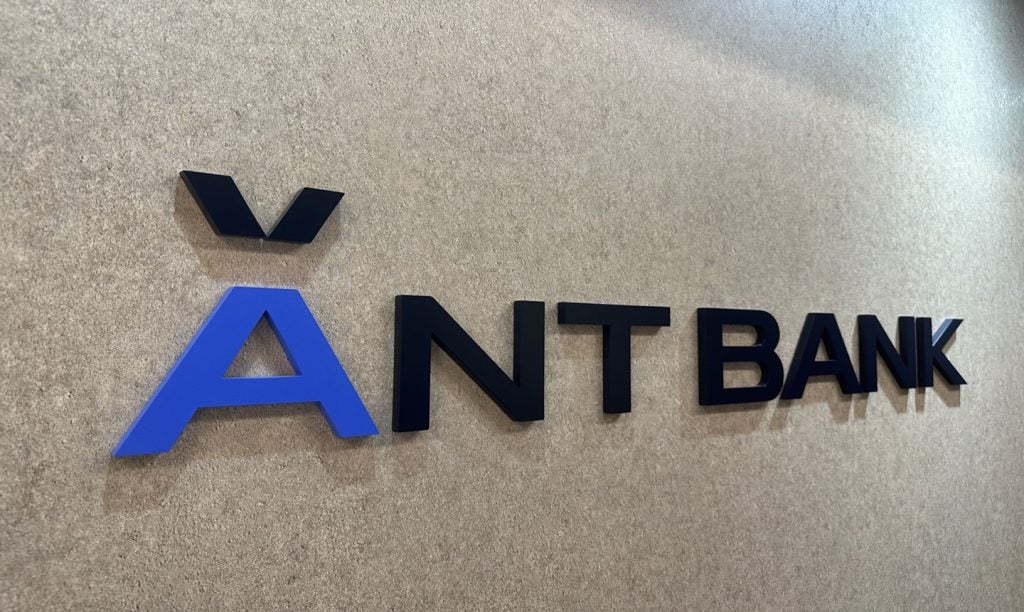
Successfully maintaining the flow of credit to consumers is at the centre of any solution to the coronavirus crisis. Mohamed Dabo reports on the big issues facing banks’ leadership and credit teams
Lenders are grappling with the balancing act of supporting customers and managing credit risk at a time when both the need for credit and the risk of default are highest.
The challenge is considerable. If the past decade is any indication, poor decisions around credit operations and controls today, in the heat of battle, may haunt some institutions for years to come.
Researchers at consultancy Oliver Wyman have identified a non-exhaustive sampling of the big issues of the moment. These are relevant across most business lines, although specific challenges vary based on the credit product in question.
Customer behaviour
Understanding how customers will make choices given the current circumstances is a crucial input into decision-making. For example, how will customers think of the value of a car versus a home if they do not expect to be driving to work anytime soon? How often will well-off customers take advantage of the situation and skip payments or ask for modifications?
The last crisis saw the rise of the ‘strategic default’ on mortgages, where home prices dropped below loan value; analogous trends will emerge in different ways this time. Product offer design must be attuned to the needs and expected behaviours of customers right now.

US Tariffs are shifting - will you react or anticipate?
Don’t let policy changes catch you off guard. Stay proactive with real-time data and expert analysis.
By GlobalDataAnalytics
What is the best way to serve a specific customer? This question applies across the lifecycle – marketing, underwriting, line management, servicing, collections – and typically relies on strong data-driven analytical machinery built over many years.
But now, outside the range of scenarios observed historically, loan- and customer-level decisioning models will not work as intended. Nor will financial forecasting models at business and firm level.
Agile, thoughtful analytics in a data poor environment are needed to have an up-todate view of aspects like customer spending patterns, balance trends, modification requests and so on. This in turn can guide management’s risk appetite and policy rules to drive well-informed frontline decisions.
Infrastructure and data
Systems and underlying data often vary across products and even within products across the customer lifecycle – for example, loan origination systems versus portfolio management versus servicing and collections.
Coordination to have a desirable and consistent strategy applied for a customer is no small feat, especially in the consumer lending space where automation and implementations designed to work at scale are the norm. Data-capture and quality issues should not be overlooked — seemingly trivial issues like whether a delinquency flag in a database reflects a missed payment or agreed-upon forbearance can have meaningful downstream consequences. Similarly, trusted external data sources may not work as intended.
Resourcing
Covid-related inbound volume has been massive at most banks, far beyond what typical call centre resourcing and protocols are designed for.
Just answering all calls in a timely fashion has been a huge undertaking, let alone having staff prepared with the ‘right’ answers.
The demands on certain other teams, for example legal and compliance sifting through new government initiatives, have also skyrocketed. And the expectation is that other functions such as collections will have large increases in volumes in the near future.
All the change has resulted in rapid and large-scale repurposing of internal teams away from less mission-critical operations to meet the demands of the moment. The urgent is overwhelming the important. The key question is how to do this while ‘keeping the lights on’ in business-as-usual activities.
Process redesign
The widespread move to working from home is likely to spur incredible workplace innovation, but in the short term it has created many unexpected complications to otherwise well-trodden processes.
And social distancing in some fashion will be with us for some time to come. The shift in interactions to the digital channel requires thoughtful redesign of processes that involved in-branch or in-person interactions – such as in-home appraisals for higher-end mortgages – which are no longer happening. In turn, intensified focus on cybersecurity and fraud becomes necessary as activity shifts to digital-only.
Finally, a heightened level of coordination across multiple groups is required to successfully maintain a positive customer journey through the changes underway and forthcoming. Customers remember institutions that treat them well and make things easy.
Compliance and mass customisation
Across all the above, there is a huge challenge of maintaining compliance with the evolving landscape of external requirements for customer relief, and in determining the right course of action for each customer based on their unique circumstances, where they are located, and who owns the risks associated with the loan or line.
These external requirements must be embedded in the design of any customer assistance programme.
The challenges and opportunities span the full product lifecycle, from initial design through to collections. In addition to financial risks – P&L impacts, capital deterioration, extraordinary costs and so on – there are also significant operational risks and reputational implications to ‘getting it wrong’.







